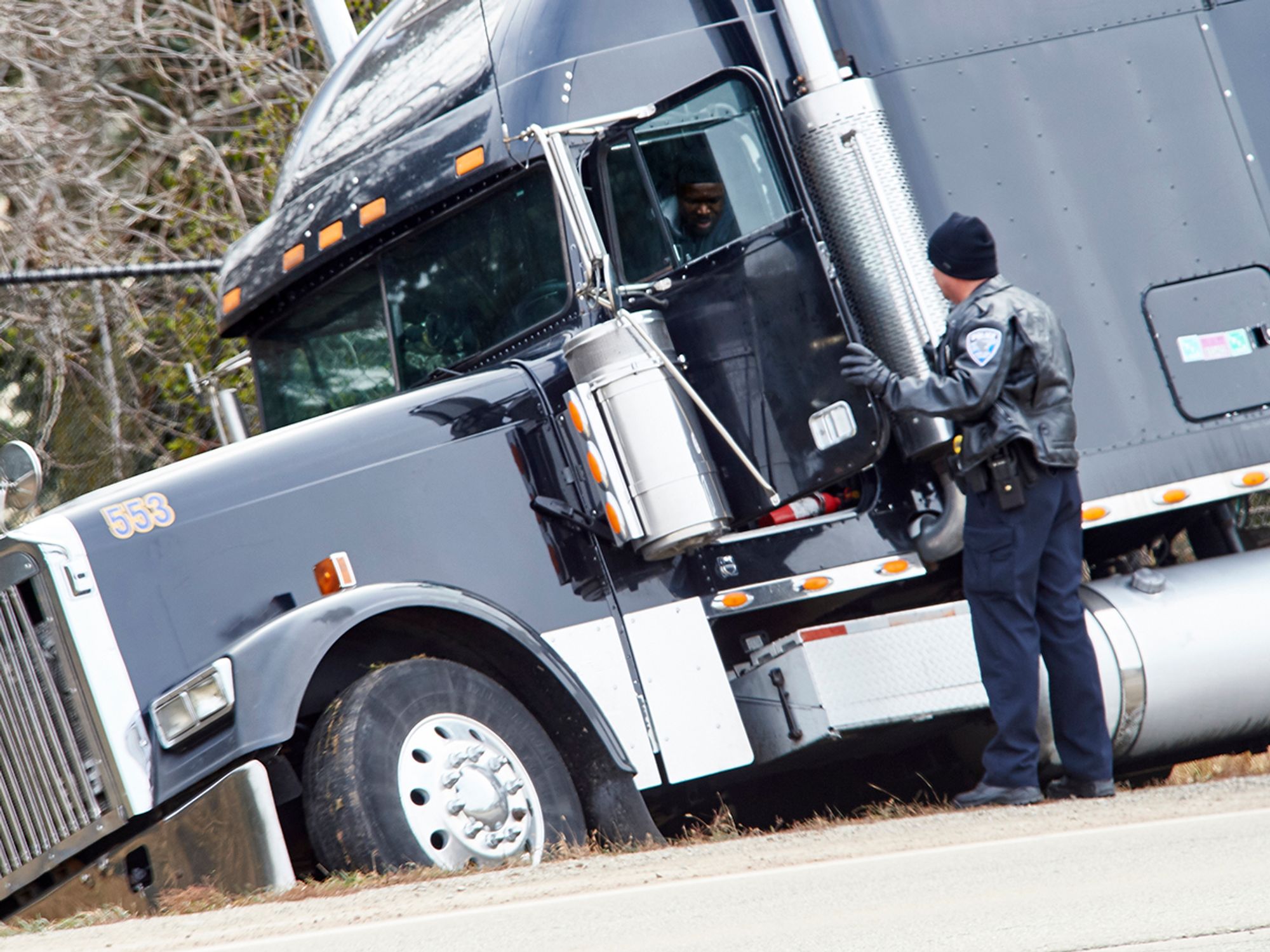Accident preventability

- Motor carriers determine preventability and track preventable accidents to modify their internal processes and prevent future crashes.
Determining whether accidents are preventable is the most common form of quality control in the trucking industry. It provides the carrier with a measure of the safe operation of the fleet. Ideally, a carrier is striving for zero preventable accidents.
Of course, “zero preventable accidents” is a goal that very few carriers are able to achieve. Most use zero as the goal, and their efforts to achieve this goal keep preventable accidents to a minimum. By determining preventability and then tracking the preventable accidents, carriers can get the information needed to modify internal processes to reduce accidents.
Tracking preventability can lead to modification of internal processes such as driver screening and hiring, driver training, customer selection, and equipment configurations. This process of determining preventability, tracking preventability information, and acting on the information will help a carrier work toward the goal of zero preventable accidents.
For example, suppose a carrier is seeing a high incidence of preventable accidents involving equipment leaving the roadway in good driving conditions. The carrier can use the information generated by the investigation into the preventability of the accidents to:
- Improve fatigue countermeasure training. One possible cause for the high frequency of preventable accidents involving leaving the roadway could be fatigue.
- Improve speed and space training. Another reason for such accidents could be drivers making poor speed and space decisions. If this is a repeating theme during the preventability determinations, then there is a case for an internal process change (better training on speed and space management).
- Improve the equipment. The carrier could consider purchasing a lane departure warning system (LDWS). These systems provide drivers with an audible warning whenever their vehicle crosses a traffic dividing line without activating a turn signal first.
Keep in mind that the preventability determination does not just involve the driver. The preventability of the accident may involve the carrier as well. If the driver made an error that led to a preventable accident, the carrier must ask if the carrier itself contributed to the accident by:
- not matching the driver’s training to the operating environment;
- not equipping the driver for the situation they were in (lack of proper equipment, tools, accessories, and/or information); or
- forcing the driver into a situation where an accident was likely.
Carriers that have a strong internal accident review process that looks at all factors involved in an accident, make a preventability decision on all accidents, and then act on the information provided by the preventability investigations and determinations generally have low accident rates.
What is a preventable accident?
According to the National Safety Council, “a preventable accident is one in which the driver failed to do everything reasonable to avoid being involved in the accident.” A complete definition of “preventable accident” as applied by the Federal Motor Carrier Safety Administration (FMCSA) can be found in Appendix B to Part 385 of the Federal Motor Carrier Safety Regulations (FMCSRs). It reads:
“Preventability will be determined according to the following standard: “If a driver, who exercises normal judgment and foresight could have foreseen the possibility of the accident that in fact occurred, and avoided it by taking steps within his/her control which would not have risked causing another kind of mishap, the accident was preventable.”
In sum, if the driver could have seen the situation developing and taken steps to avoid being involved in the accident, it is considered preventable. For example: A car drives past a stop sign without stopping and hits a truck. The truck driver is clearly not at fault. However, if the truck driver did not take timely steps to see and avoid the car, the accident can be ruled preventable.
